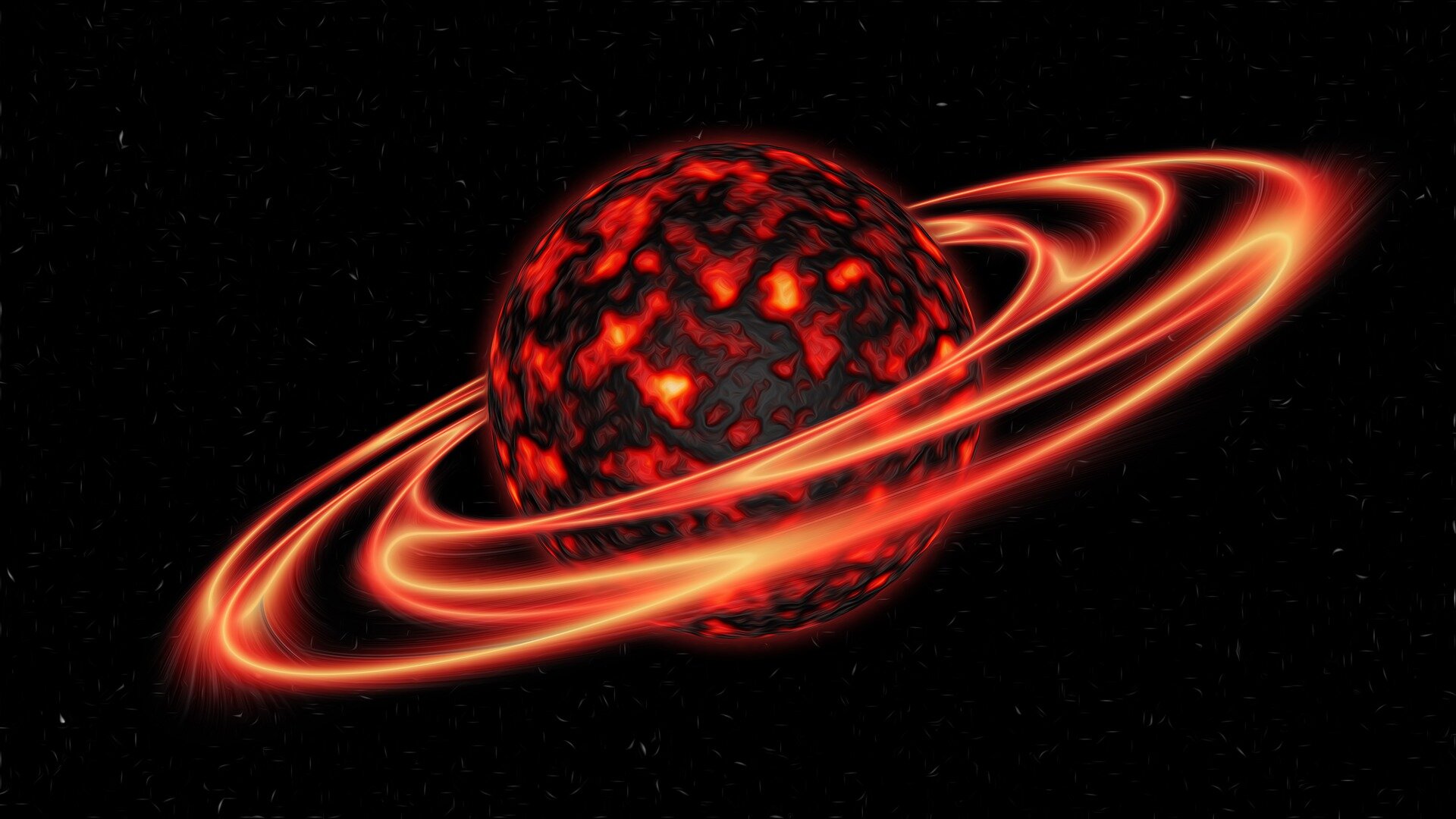In 2012, a remarkable celestial phenomenon unfolded as Earth prepared to face one of the most severe solar storm events in recent history. These solar storms, or coronal mass ejections (CMEs), are massive bursts of solar wind and magnetic fields rising above the solar corona or being released into space. Scientists had long anticipated the peak of the solar cycle, and predictions hinted at an electrifying year ahead. Expectations were high, and for good reason.
The spectacle of solar storms during this period was not merely an astronomical curiosity; it posed real threats to modern technology. The repercussions of such events could range from stunning auroras visible in regions usually unaccustomed to such displays, to substantial disruptions in electrical grids, satellite operations, and global communications systems. As the solar maximum approached, discussions erupted in scientific communities and media outlets alike, fostering an atmosphere charged with both anticipation and apprehension.
One of the most notable events occurred in March 2012 when a series of substantial solar flares erupted, followed by a CME directed toward Earth. This event, while fierce, was not as disastrous as earlier predictions had suggested but served as a significant wake-up call. Scientists closely monitored its progress, employing sophisticated models to forecast potential impacts. The fusion of solar particles with Earth’s magnetic field produced stunning auroras, painting the skies with greens, pinks, and reds—an awe-inspiring spectacle that captured the public’s imagination.
Yet the beauty of these auroras concealed a darker reality. The economic implications of solar storms are profound; advanced technological infrastructures can be vulnerable to these cosmic upheavals. The storm of 2012, while less destructive than the infamous Carrington Event of 1859, underscored the fragility of the systems upon which modern society hinges. Power grids experienced fluctuations that, although they did not lead to blackouts, revealed the necessity of preparedness for future solar activity.
In terms of scientific advancement, the storms prompted renewed interest in research and monitoring efforts regarding solar phenomena. Enhanced technologies capable of predicting solar behavior were rapidly developed. The quest for knowledge expanded as scientists pondered the origins of solar storms and their potential to influence Earth’s future. The dialogue surrounding space weather shifted, emphasizing the interconnectedness of human existence and the cosmic forces that govern it.
As we reflect on the solar storms of 2012, a shift in perspective emerges. What was once perceived solely as an astronomical occurrence now reveals itself as a critical factor in our technological narratives. The intersection of solar activity and human infrastructure is a compelling reminder that, while we may navigate the cosmos with unprecedented skill, we remain deeply tethered to the natural world and its celestial rhythms. The curiosity sparked by these events continues to inspire investigations that may ultimately reshape our understanding of the universe and our place within it.
